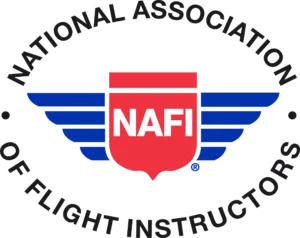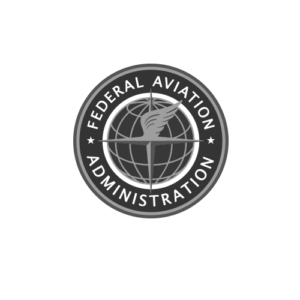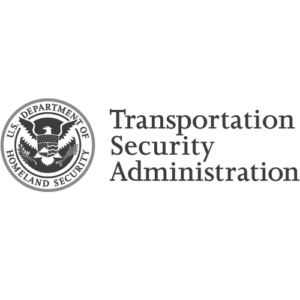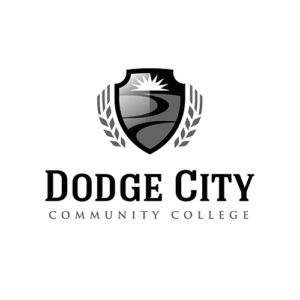Below are a list of frequently asked questions. If your FAQs aren’t answered here, please feel free to contact us.
With over 30 years in the helicopter flight training industry, Quantum simply knows how to train career pilots. Our driving focus at Quantum is producing well educated, professional, employable pilots. Not only will you gain all of the knowledge and skill necessary to obtain a pilot position, but you will also learn to think like a pilot, making yourself highly desirable to future employers. Quantum has an established history of being able to place nearly all of our qualified graduates.
We are fortunate to maintain a core of experienced management personnel which is rare in this industry. That experience allows us to guide our students toward maximum employability. Quantum remains steadfastly committed to promoting the fundamentals of developing professional and employable pilots.
Finally, Quantum attempts to help students manage the high cost of flight training by always keeping the students best interest in mind. Not only does Quantum maintain highly competitive and transparent hourly rates with no hidden costs, but we also encourage students to select the aircraft or training program that is going to maximize education while minimizing waste. Although we do offer additional specialty training such as turbine transition courses, high altitude training, NVG courses, and mountain training courses, in most cases, students will not need to pay for these additional and costly programs to become employable.
To be eligible for a pilot certificate, you must be able to read, write, speak and understand the English language. To be eligible for a Student Pilot Certificate, which allows you to solo, you must be at least 16 years old. To be eligible for a Private Pilot Certificate, you must be at least 17 years old. To be eligible for a Commercial Pilot Certificate, which allows you to be paid for flying, you must be at least 18 years old. You must also be at least 18 to become a Certified Flight Instructor (CFI). You must be at least 23 years old to be eligible for an Airline Transport Pilot Certificate.
You must also hold a Federal Aviation Administration medical certificate, which can be issued by any number of certified Aviation Medical Examiners (AMEs). You can find a local AME by visiting www.faa.gov/pilots/amelocator/. The AME will administer a short examination to assess your vision, hearing and general health, which usually costs $120 – $150. If you intend to fly commercially, you should secure at least a Second-Class Medical Certificate. If you only seek a Private Pilot Certificate, a Third-Class Medical Certificate is adequate.
Most people don’t have a problem passing their medical examination. However, you should obtain a medical as soon as possible before commencing your training, to be sure that you are indeed eligible for the rating you seek. And if you are using veteran’s benefits, it is required that you possess an FAA 2nd Class Medical Certificate prior to starting training. For more information on medical qualifications, see www.faa.gov/pilots/medical/.
Not at all. Helicopters and airplanes fly using different principles and controls. Although the general aviation knowledge you acquire while flying airplanes may prove useful in your helicopter training, some fixed-wing habits actually make learning to fly helicopters more difficult.
We use Robinson helicopters because they’re fast, cost-effective and extremely reliable — traits that have made Robinson helicopters the most popular training helicopters in the world. Most professional pilots start their careers as flight instructors. By training in Robinson helicopters, our graduates are attractive to the largest number of potential employers. Because of their versatility and low operating costs, Robinsons are an extremely popular choice with private owners, too. Learn more about these outstanding helicopters at www.robinsonheli.com
We are very loyal to our students and want to help them get their start in the aviation industry. We encourage them to conduct as much of their training as possible in the R22. A simple search of flight schools will show that the vast majority of flight training today occurs in the R22. For maximum employability upon graduation, students should focus their training on becoming the very best R22 pilot they can be. Although flying other types of helicopters is exciting and we do offer it, it will not help most students get their first job.
Yes, Quantum trains for all ratings from Private to Airline Transport Pilot, including Instrument and Instrument Instructor ratings.
If you intend to fly professionally, we strongly recommend an Instrument rating. Until recently, helicopter Instrument ratings were the exception, not the rule. However, an increasing number of employers (and their insurance companies) now require that their pilots be Instrument-rated. We’re seeing a number of very experienced pilots returning to Quantum for their Instrument training.
Quantum is relatively unique in being able to offer instrument training in your choice of the R22 or the R44, and all of our instrument training helicopters are standardized with modern avionics panels featuring the Garmin G500H and Garmin GTN650 glass cockpit displays. This is important because students training with older “steam gauge” instrumentation will be at a real disadvantage when having to transition to modern “glass cockpit” technology.
R22 Instrument trainers are no longer in production from the factory, and many schools only offer instrument training in the much more expensive R44. Quantum however has invested in five R22 instrument trainers that are each equipped with the Garmin G500H digital (glass cockpit) avionics system. This allows us to offer a low-cost alternative to instrument training in the R44, while still offering training with modern glass cockpit equipped helicopters. However, you may choose to do your instrument training in the R44 if you prefer which is also equipped with the Garmin G500H system.
Quantum does not train using simulators. Simulators are often presented by flight schools as a means of “cost savings”. However, the low-cost simulators in use by most flight schools fly very differently than real helicopters, and the transfer of learning between the simulator and a real helicopter is not good. In addition, the vast majority of students training at Quantum need as much real helicopter flight time as possible. Some simulators are advanced enough to provide a student with a valuable and realistic training experience, however these simulators are much more expensive than flying a real training helicopter. For these reasons all helicopter training at Quantum is in real helicopters.
Our ground school is conducted one-on-one between the student and his or her instructor. Our students are able to learn at their own pace and enjoy their instructors’ undivided attention. Like our flight training, our ground training is scheduled directly with a student’s assigned instructor.
Typically, as much as you like as long as instructors and aircraft are available. During your training, we recommend that you fly at least three to four times per week, and require students to fly at least two times per week to maintain consistent progress from one lesson to the next. Flying only once per week or less ultimately results in training taking longer and costing more than it should and is not beneficial overall to the student.
If you plan on training full-time, you can expect to spend four hours a day in formal training typically four to five days per week.
Our training day is divided into two-hour blocks that begin at 7 a.m. Scheduling is coordinated one-on-one with your assigned instructor. On a typical day, you will have a flight during one of these blocks. Once you’ve learned how to preflight your aircraft, you’ll spend the first part of this block on your own, conducting a preflight inspection and servicing your helicopter (you will not be charged for this time.) Then, you will spend one to one-and-a-half hours in the air, plus some time afterward de-briefing the flight with your instructor.
You will have one instructor for both flight and ground training. Ground instruction is also conducted in two-hour blocks, and is a full two hours of classroom instruction with your instructor. In addition, you will need to spend a substantial amount of time studying on your own, which you can choose to do at the school or at home. Depending on your stage of training, you might also need to spend time on a computer or iPad planning cross-country flights or preparing for an FAA knowledge exam.
College enrollment and training is available through our association with Dodge City Community College, and all training for this program is conducted at the Chandler, AZ campus. Please see our college degrees page for more information on collegiate training.
Our maintenance is outstanding. Our Director of Maintenance, Paul Mansfield, has been building and maintaining Robinson helicopters since 1986. He and the rest of our full-time maintenance staff maintain our fleet to the absolute highest standards. Moreover, we conduct most of our maintenance after hours, allowing us to maximize the availability of our helicopters for training. Read more on our maintenance services page.
Yes. Our students have the advantage of being able to take their FAA practical tests (checkrides) in familiar airspace, without incurring any travel expense. We have multiple FAA Examiners in the local area who are qualified to administer checkrides in the training aircraft we use. This eliminates the possibility of students experiencing long delays waiting for an examiner to conduct their checkride.
Unfortunately, there are not a lot of options to directly finance your training with a bank loan directly through Quantum, but financing through the Dodge City Community College program or utilizing the VA GI Bill® is a common way our students are able to cover the costs of flight training. Please see our financial aid page for more information or contact us to discuss your options.
That depends on how often you are able to train. A typical full-time student can complete all certificates and ratings from private pilot through certified flight instructor – instrument helicopter in approximately 12 months if they train non-stop.
Helicopters are substantially more complex than airplanes and require specialized maintenance. They are inherently more expensive to acquire, maintain and insure. Robinson helicopters are the most cost-effective helicopters available for training.
No, our quoted prices are complete. However, you may expect to incur incidental costs associated with your training, which are estimated in Addendum A of our course listings, or on our tuition and other expenses page.
Students who eventually intend to seek employment as flight instructors should note that most schools, including Quantum, require that their instructors attend the Robinson Helicopter Factory Safety Course. Conducted at the Robinson Factory in Torrance, California, the three-and-a-half-day course costs $900 (for R22 instruction) or $1500 (for R44 instruction). This is an excellent course for any pilot of Robinson helicopters. See www.robinsonheli.com/training.htm for more information.
No, we do not. Please see our page on enrollment info for more information. Training at Quantum is pay-as-you-go. We do NOT require our students to maintain large positive balances on their accounts and we do NOT ask them to sign contracts. There is NO penalty for withdrawing from training. ALL account balances are refundable with 48 hours notice.
Quantum does not have any school-owned housing available. There are many hotels, vacation rentals, and short-term housing options in the general vicinity of Chandler Municipal Airport.
Yes we do. Our location is very close to mountain ranges with elevations ranging from 4,500 feet to 7,500 feet. We offer advanced training at altitude upon request. In addition, we offer mountain training as an integral part of our commercial-level training, at no additional charge.
For basic training, however, we feel strongly that the safety margin afforded by lower altitudes far outweighs any benefits of high-altitude training. When you’re learning how to fly, you’ll have better aircraft performance and more room for error at Chandler’s elevation of 1,243 feet than you would at higher elevations.
Keep in mind that the increased performance experienced when flying an R44 or turbine aircraft negates the “high altitude” effect promoted by some training facilities!
Now is an excellent time to become a helicopter pilot. Demand for pilots continues to increase and the job market is currently strong. Industry estimates anticipate the demand to continue well up to 2035. Our professional pilot graduates and flight instructors have been, and continue to be in high demand in the helicopter job market.
Quantum does not guarantee employment to any student or graduate. However, we are very loyal to our graduates and because of our high volume of training we are able to hire most of our Certified Flight Instructor graduates as full-time instructors. Most new pilots begin their careers as CFIs and instruct until they have at least 1,000 hours of pilot-in-command, or PIC experience (the minimum for most entry-level turbine helicopter jobs). An instructor at Quantum will log this time in about one year. When our instructors are ready to move on, we are happy to help them advance their careers. Our employees have been and continue to be in high demand throughout the industry. Read more on our job placement page.
Quantum Helicopters is a serious training organization who has been in business for over 30 years. All of our flight instructors are full time, and all of our 15 helicopters are owned by Quantum, giving us complete control and access to them. We operate 6 days per week year-round from our purpose-built training facility, and have the best flying conditions in the country. Furthermore, each student is “plugged” into our schedule based on the frequency they have requested, and Quantum will not enroll a student unless we have the staffing and equipment to adequately serve that student.
The best way to get started is to contact us to discuss the training options that are right for you. You may wish to tour our facilities or schedule an introductory flight to learn more about our organization. Eventually you will need to complete an enrollment application and return it to us with a deposit, but the first thing you should do is contact us to discuss flight training and how we can best assist you.
Absolutely. Quantum is approved to offer M1 visas to eligible students. Please contact us for more information on how to apply or read more on our international student’s page. Additionally, Quantum Helicopters has a close working relationship with Dodge City Community College. Students who desire an F1 visa may be able to acquire an F1 visa through enrollment with Dodge City Community College.
Pilot schools can operate under two parts of the Federal Aviation Regulations (FARs): FAR Part 141 and FAR Part 61. Part 141 schools have more rigorous requirements for certification, staffing and federal oversight.
Is one type of school better than the other? Not necessarily. Part 141 is a guarantee that a school meets high government standards, but students may still receive excellent instruction under Part 61 programs. Generally speaking, employers are interested in the overall reputation of the school where you did your training, and not strictly its Part 141 or Part 61 status.
All of Quantum’s training programs have met the comprehensive certification requirements of Part 141. However, we also conduct Part 61 training when doing so would prove more cost-effective for our students — as when a Part 61 program has lower hour requirements than the equivalent 141 program. We strive to offer the highest standards of training at the best possible value.



